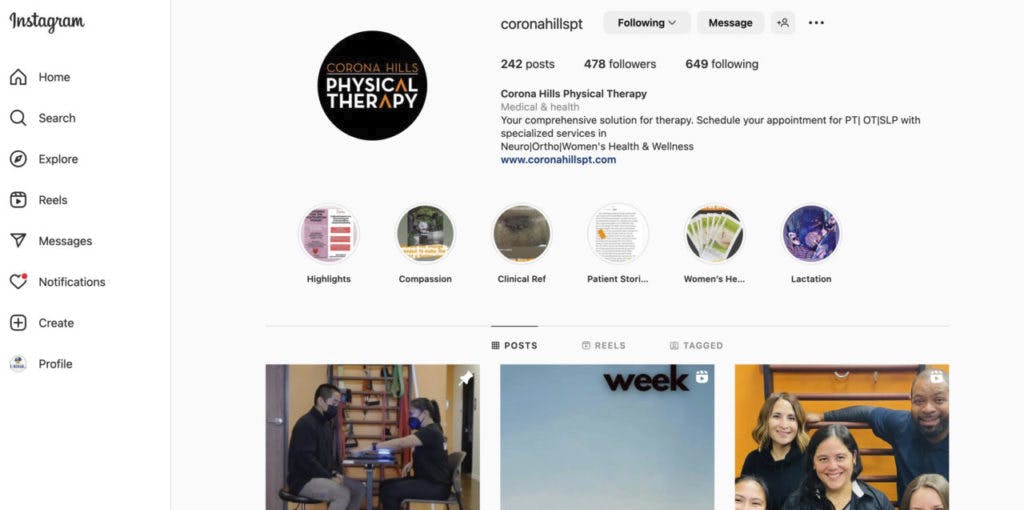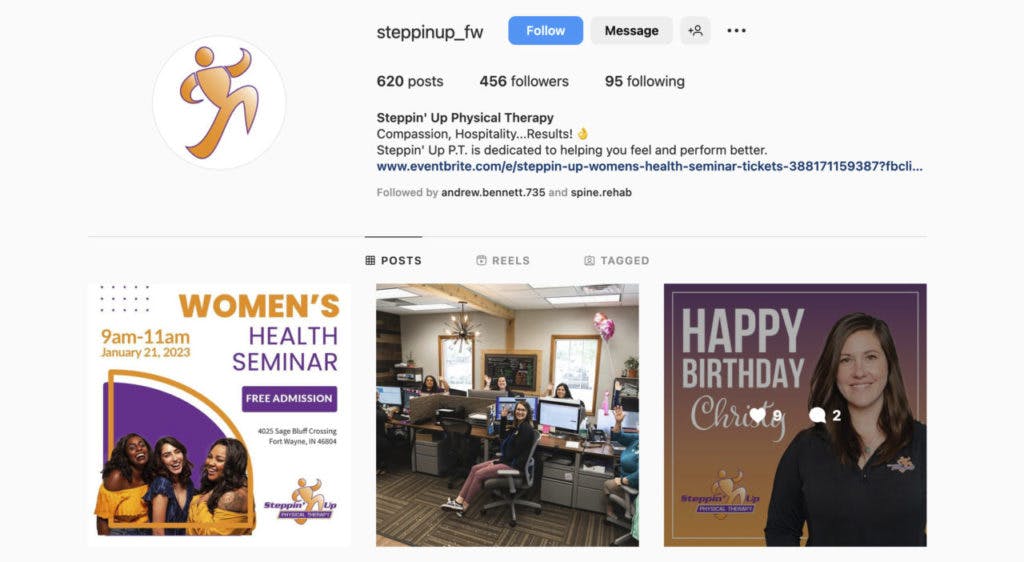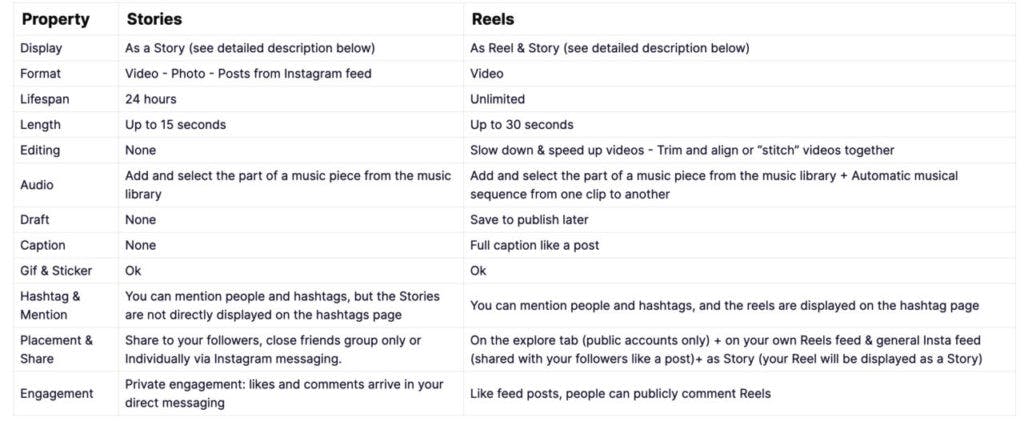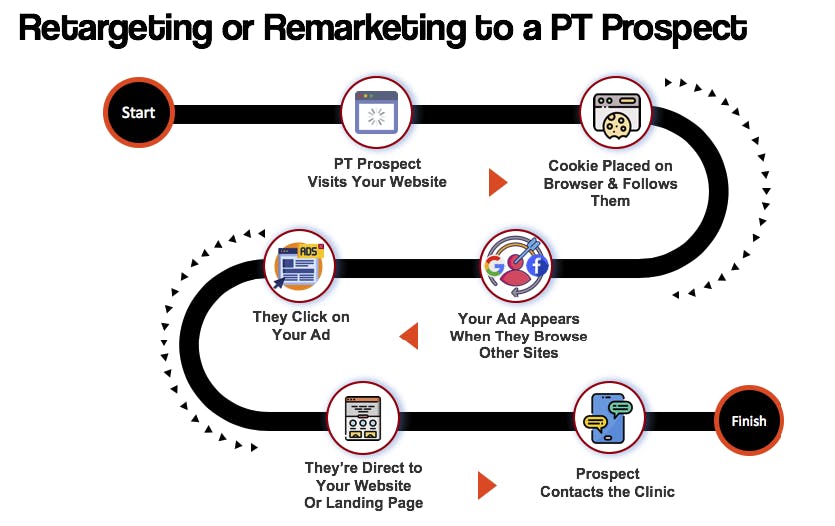About physical therapy website design in 2023 – think about the primary function of your website…it’s to sell, so the words matter when creating a 2023 physical therapy website design.
In the digital age we live in now, every physical therapy business needs a well-designed website. But your website needs to do more than just show off your services and skills. It also needs to convince people to become patients. One of the best ways to do this is to tell a story that your audience will remember and that leads them to your call to action (CTA).
In this blog post, we’ll talk about why storytelling is such a powerful marketing tool and give you a step-by-step guide to writing a gripping story that will help you turn website visitors into loyal patients.
1. Why Storytelling is Important in Marketing for Physical Therapy Websites
Storytelling has always been an important way for people to talk to each other and bond. They make us feel something, help us relate to the knowledge, and help us remember it. This is why telling stories has become an essential part of marketing in recent years. Storytelling has been used by successful brands in many different industries to build strong emotional connections with their audiences, which leads to engagement, loyalty, and, in the end, sales.
2. Creating a story for your physical therapy website that people will remember
Finding your unique selling proposition (USP) is the first step to telling a story that works and sticks with people. What makes your physical therapy business stand out from the rest? It could be the way you treat patients that is on the cutting edge, the knowledge of your team, the unmatched customer service you provide, or the inspiring success stories of your patients. When you know what your USP is, you can start to build a story around it.
Using story aspects like characters, plot, conflict, and resolution is the key to making a story interesting. Regarding the text that’s on your home page of your physical therapy website, the characters are your patients, and the story is about how they get better. The problem is their illness or injury, and the answer is the better quality of life they get from using your services.
To make a story about the patient, you should focus on the problems you help them solve and the changes they go through with your guidance. This will not only build trust and give your story more credibility, but it will also make it easier for people to understand and remember.

3. Adding your story into the design of your website
The next step is to work your story into the design of your website, using layout and video to lead people through the story. Start by setting the scene on your home page with a catchy headline (your offer statement) and text that makes people want to read more (your benefit statement).
On the “About” page, you should talk about your team, corporate values, and practice philosophy and show potential patients how committed you are to thir success.
On your services page, you should list the solutions you offer and explain how they can help your patients solve their problems and reach their goals. Use the testimonials page to show that your services are of relatable by sharing the stories of real people who have used them.
Think about adding high-quality pictures and videos, infographics, and interactive features like a chatbot or virtual tours to your story to make it more interesting. These can help you give your viewers a more realistic and interactive experience.
4. Lead people to your call-to-action (CTA).
Once your story has gotten your audience’s attention, it’s time to send them to your CTA. This could mean setting up a consultation, requesting an appointment, or contacting you by phone. Make your CTA clear, straightforward, and convincing. Use language that makes people feel like they need to take action now and emphasizes the benefits of doing so.
Put your call to action (CTA) in strategic places on your website and at the end of blog posts or stories. Use analytics to track conversions to demonstrate that the investment in time and money for your website is worthwhile.
5. Selling Your Services from Your Website is Priority One – and a Good Story Can Help
There’s no denying the power of stories in marketing, and physical therapy offices can use this tactic to turn website visitors into patients. By finding your unique selling proposition (USP), writing a memorable story, and guiding readers to your call to action (on Desktop, Tablet, & Mobile Devices) you can increase the number of calls/sales…and it’s one of the most cost-effective marketing strategies you can implement!
And Here’s Our Call to Action – Need Help Capture More New Patients from Your Website?
Contact us today at (760) 585-9097 or click here to schedule some time to talk.












